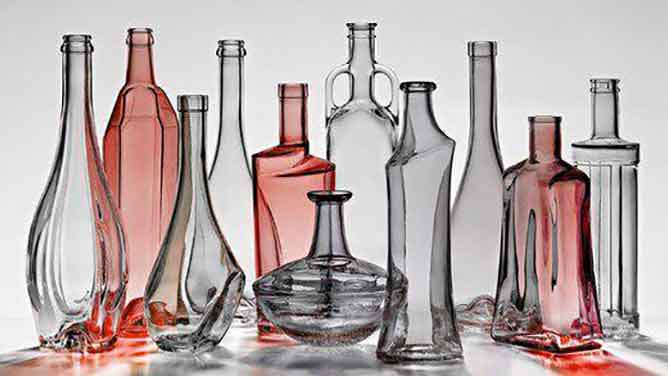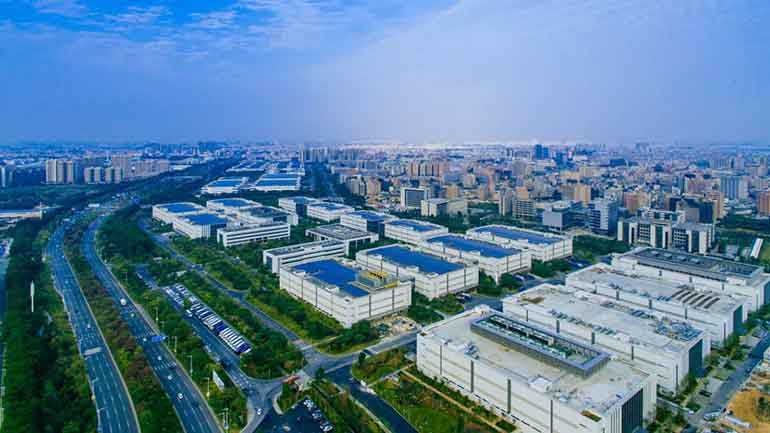When you have a concept for a new product or an idea to improve an existing product, you may be faced with a new opportunity for you to profit from it and for everyone to enjoy it. Here are a few steps to show you how we can help you build your first prototype to turn your idea into a patented and profitable product.
Step 1: Create a conceptual sketch
The first step in turning your idea into reality is to be able to speak it clearly and write it down on paper, draw your idea step by step and level to help you imagine your prototype in more detail. The most complete result of this step is to output a digital graphic, manuscript or program. But it must be effective to write it on paper first.
First, in the early stages of creating a prototype, many ideas will flash in your mind and compete with each other. It is most efficient to draw these ideas quickly on paper and make choices and iterations, rather than investing time in perfecting digital drawings. Another advantage of this is that when submitting a patent, you retain and provide a hand-drawn draft. If you need to protect your intellectual property rights, it may also come in handy. Intellectual property consulting firm CreateIP said that in court, hand-drawn sketches have more weight than electronic drawings.
This conceptual sketch is actually a preliminary PRD. We need to further refine it and add more details to it, such as shape, color, size, interaction and function definitions, etc. The shape and size largely determine the application scenario of your product and whether users is easy to accept it. And color, industrial design and interaction have a great effect on your brand influence, which will accumulate user loyalty and brand image for you. The more detailed the function definition, the better. It is necessary to accurately describe what kind of button will bring what kind of reaction, what kind of operation will display what result, and so on. Of course, a fresh PRD can carry out accurately the subsequent development work.
Step 2: Develop a virtual prototype
When your idea is basically finalized and ready to start to realize it, creating a digital sketch is a very important first step. The standard digital design tools used by engineers and other professionals are AutoCAD, SolidWorks, etc., which enable them to make 2D and 3D renderings. 3D rendering allows you to rotate and animate your virtual sketch, so you can see it from all angles. Tools such as NVIDIA Iray, CATIA Live Rendering, and Quadro can further enable you to convert 3D drawings into realistic prototypes. And they can help you understand the general appearance and structure of the physical version of the design. If you are not proficient in using computer drawing and rendering tools, our professional graphic designers or prototype designers can help you complete this step.
When you have completed the preliminary 2D or 3D digital sketches, don’t forget to find a professional structural designer or product designer to review it for you. Because you probably only completed the imaginary shape, and you need to use it. The ignorance of ergonomics, engineering mechanics, and manufacturing knowledge results in this being just an appearance and no practical use value. This is the value of engineers with many divisions of labor.
Step 3: Build a physical prototype
Once you have a virtual prototype, you can build a physical prototype. The advantage of a physical prototype is that you can show it to potential customers and investors, shoot videos and photos and send it to the Internet to accumulate fans, and improve it through various functional tests.
If your product is biased towards mechanical and structural design, you only need to use methods such as engraving and polishing to make it yourself with suitable materials. With the rapid development of 3D printing technology in today’s era, there are already enough materials that can be manufactured using 3D printing technology. You only need to find a 3D printing service website, such as lava.limited, upload your model and choose the right material for printing.
If your product needs electric drive, then you have to make a circuit board for it. Although you can use some open source hardware modules to build at the beginning, a highly integrated product must be the most cost-effective in the end. If you don’t have enough knowledge of electronic systems, our excellent electronic engineers will provide you with PCB Layout, PCBA quick proofing, driver software writing and other services to quickly present your products completely.
Once your first prototype is manufactured, you may find defects that need to be corrected during multiple tests. You may need to build several prototypes to make a good prototype. Usually, the process of improving the prototype takes many rounds to achieve the most stable and optimal performance. When you have a good design, you can finally make a mass-produced prototype. And then you copy your product through mass production, and sell it to consumers.
Step 4: Choose the right manufacturer
Once you have a viable prototype, you can consider putting it into mass production and profitable. If your product is to be profitable, you need to achieve it at a low enough cost. Cost control and supply chain management are an important factor for business success.
For some small standard parts, some companies will provide free samples. And some non-standard parts require 3D printing manufacturers to produce a batch of early samples to provide manufacturers for evaluation. Go to multiple suppliers and manufacturers to estimate so you can determine the most cost-effective materials and methods for putting the prototype into production.
Your product may require a lot of companies to cooperate in production, because most factories are focused on a process or product. For example, electronic manufacturers will have professional SMT machines to produce PCBA for you in batches. And injection molding factories will help you make molds to produce plastic shells or parts. And hardware processing factories will have large stamping, casting and CNC machinery to help you produce metal parts. The packaging factory produces and prints all kinds of packaging materials for you. And finally you need an assembly factory to finished product assembly and testing. For a new product team or small company, it is not very easy to manage many supply chain links properly. So you are likely to need our supply chain and manufacturing services, please contact us to get the most favorable quotation and mass production plan for your product.

